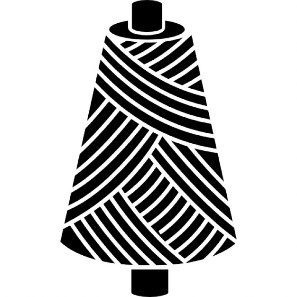A polymer of formaldehyde known as polyoxymethylene is called paraformaldehyde. It is the smallest polyoxymethylene, typically polymerizing to a degree of 8 to 100 units. Paraformaldehyde is used to produce resins, polymers, and adhesives as well as a fixative for histology and microscopy.
Paraformaldehyde has a number of applications in a variety of fields, including:

Paraformaldehyde is commonly used as a source of formaldehyde groups in the manufacture of many thermosetting resins, along with phenol, urea and other reactants.

High purity formaldehyde solutions obtained by depolymerization of paraformaldehyde were used as fixatives for microscopy and histology.

Paraformaldehyde is used to cross-link proteins with DNA, as used in ChIP (chromosomal immunoprecipitation), a technique to determine which parts of DNA certain proteins bind to.

Paraformaldehyde can be used as a substitute for aqueous formaldehyde to make a resin binder, commonly used with melamine, phenol or other reactants in the production of particleboard, medium density fiberboard and plywood.

Paraformaldehyde is a fixative commonly used to preserve animal tissues.

Paraformaldehyde is used as agrochemical, fungicide and bactericide.








